This review is taken from PN Review 47, Volume 12 Number 3, January - February 1986.
on 'The Art of Noh Drama'
Western interest in the Nō drama, which began at the end of the last century, derives from a number of factors, the most important being the desire, still to be found among today's theatrical avant-garde, to create an archaic, ritualistic theatre in which the 'original unity' of man and the cosmos would be reestablished; that is to say, a religious theatre that would not depend on the tenets of any one religion for its significance, and in particular not on Christianity, which many modern artists have actively disliked or thought of as, at best, a spent force. The undertaking is clearly a paradoxical one, since religious rituals necessarily have no meaning outside specific religious contexts. The fact that this has not been sufficiently recognized is due principally to ignorance of other societies and the place of religion and the arts in them, and to the assumption that the artist is in some way able to penetrate to a stratum, generally conceived in psychological terms, which is prior to particular religious manifestations. What Frank Kermode has called 'the great and in some ways noxious myth of Symbolism', that of the 'dissociation of the sensibility', has led Western artists to regard the arts of other civilisations as 'archaic' or 'primitive' (in the desirable sense of manifesting a primordial unity), when they are in many cases as highly developed, and the products of as long and complicated histories as the arts of the West.
The Nō is the product of ...
The page you have requested is restricted to subscribers only. Please enter your username and password and click on 'Continue':
If you have forgotten your username and password, please enter the email address you used when you joined. Your login details will then be emailed to the address specified.
If you are not a subscriber and would like to enjoy the 292 issues containing over 11,700 poems, articles, reports, interviews and reviews,
why not subscribe to the website today?
